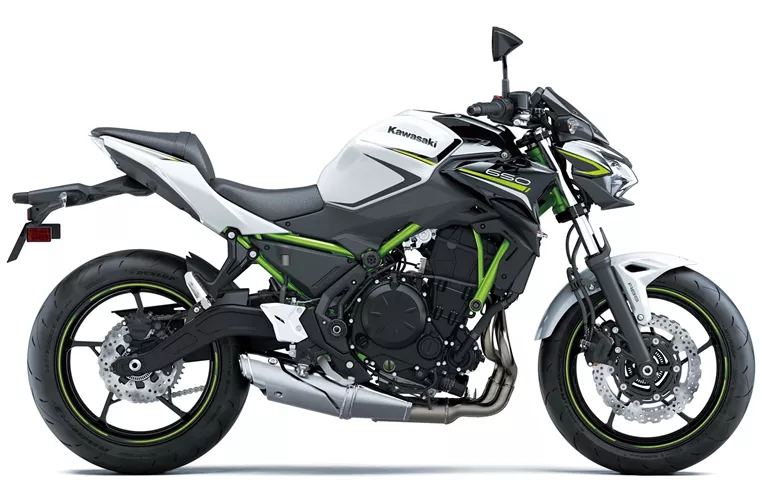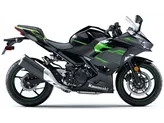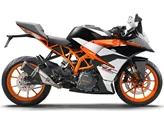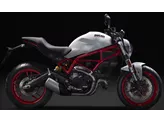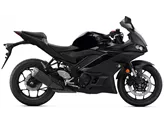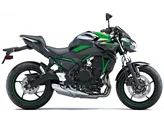Kawasaki Z650 2020 vs. Kawasaki Ninja 400 2018
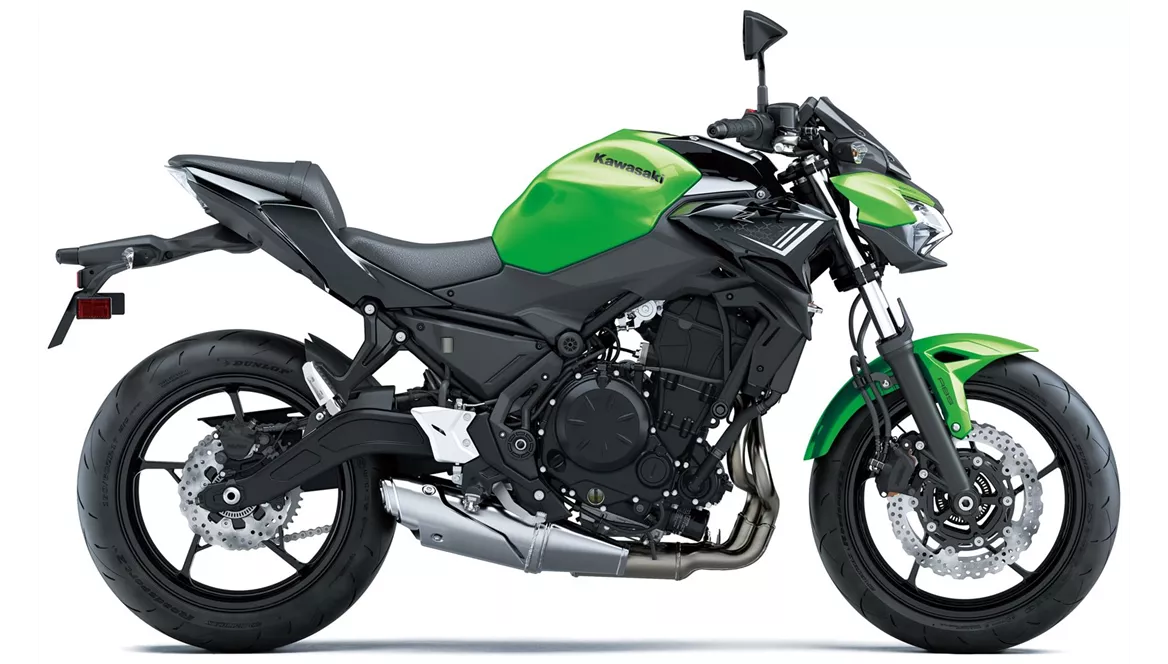
Kawasaki Z650 2020

Kawasaki Ninja 400 2018
Visão geral - Kawasaki Z650 2020 vs Kawasaki Ninja 400 2018
In terms of technical specifications, the Kawasaki Z650 2020 and the Kawasaki Ninja 400 2018 have some similarities. Both models have an inline engine with liquid cooling and fuel injection systems. However, there are also some notable differences.
The Z650 2020 is equipped with a 649cc engine that produces 68.2 horsepower and 65.7 Nm of torque. It has a 2-cylinder configuration with 4 valves per cylinder. The engine has a bore of 83mm and a stroke of 60mm, resulting in a compression ratio of 10.8. On the other hand, the Ninja 400 2018 has a smaller 399cc engine that generates 45 horsepower and 38 Nm of torque. It also has a 2-cylinder configuration with 4 valves per cylinder, but with a smaller bore of 70mm and stroke of 51.8mm, resulting in a higher compression ratio of 11.5.
In terms of suspension, both models feature telescopic front forks and a monoshock rear suspension with preload adjustment. The Z650 2020 has a front fork diameter of 41mm, while the Ninja 400 2018 has the same diameter. The chassis of both models is made of steel and has a tubular frame design. However, the Z650 2020 has a rake angle of 65.5 degrees and a trail of 100mm, while the Ninja 400 2018 has a slightly smaller rake angle of 63 degrees and a trail of 93mm.
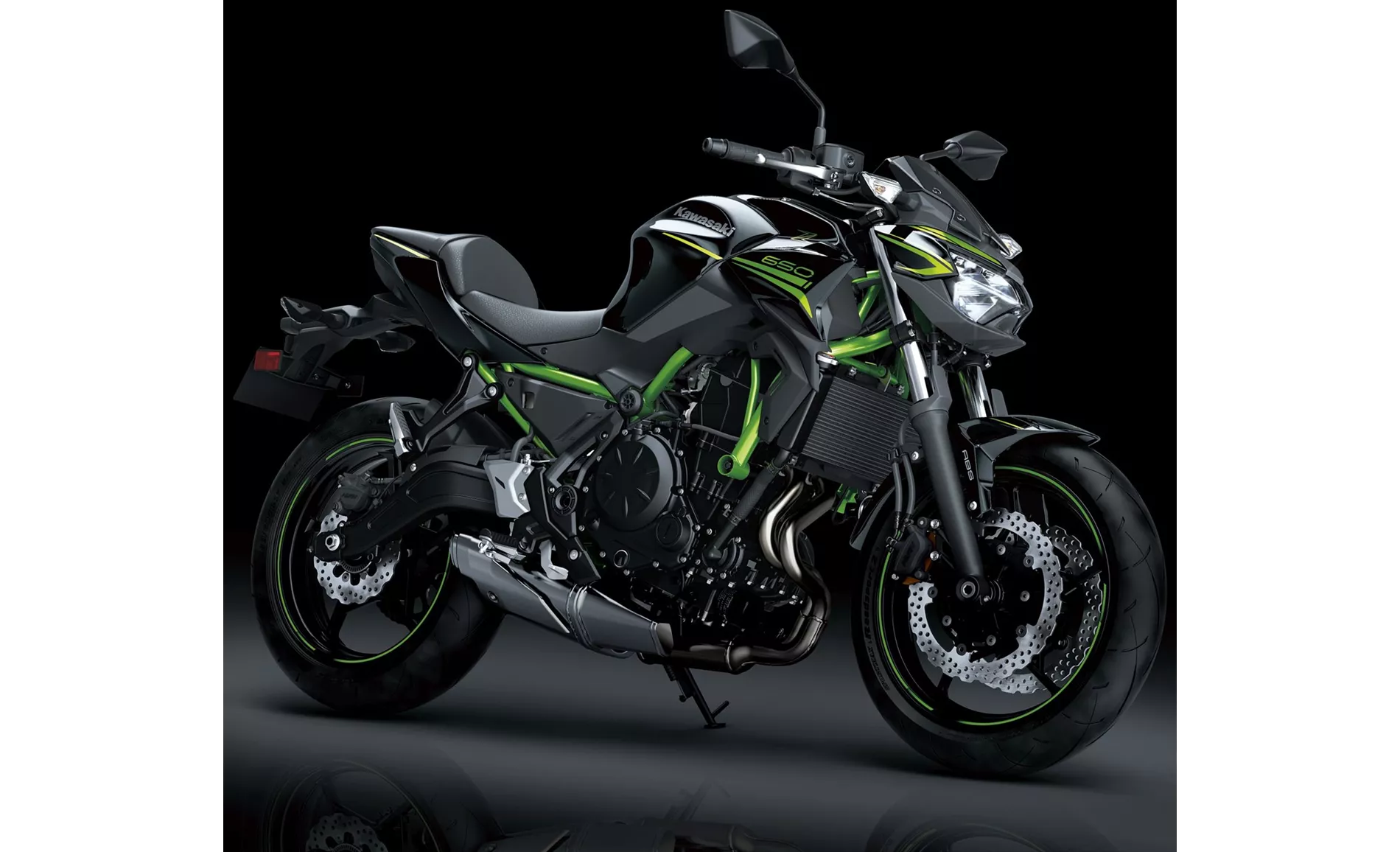
Kawasaki Z650 2020
When it comes to braking, the Z650 2020 is equipped with dual disc brakes with a diameter of 300mm and dual-piston calipers. The Ninja 400 2018, on the other hand, has a single disc brake with a larger diameter of 310mm and dual-piston calipers. Both models feature ABS as a standard safety feature.
In terms of dimensions and weights, the Z650 2020 has a wider front tire of 120mm compared to the 110mm front tire of the Ninja 400 2018. Both models have the same 17-inch front and rear tire diameters. The Z650 2020 has a longer wheelbase of 1410mm compared to the 1370mm wheelbase of the Ninja 400 2018. The seat height of the Z650 2020 is also slightly higher at 790mm compared to the 785mm seat height of the Ninja 400 2018. In terms of weight, the Z650 2020 is slightly heavier at 187.1kg compared to the 168kg weight of the Ninja 400 2018.

Kawasaki Ninja 400 2018
In terms of strengths, the Z650 2020 has a powerful two-cylinder engine, aggressive intake noise, compact dimensions, low seat height, stable chassis, TFT screen with connectivity, and a mature appearance. On the other hand, the Ninja 400 2018 has a chassis suitable for sporty riding, lightweight and effortless handling, smooth engine response, relaxed seating position that increases confidence, and LED headlights.
In terms of weaknesses, the Z650 2020 has been noted to have a point of pressure on the front brake, which may be uncomfortable for taller riders, and the Rideology app is not considered to be 100% sophisticated. The Ninja 400 2018 has non-adjustable brake and clutch levers and high wind noise with the stock windshield for riders over 180cm tall.
Overall, the Kawasaki Z650 2020 and the Kawasaki Ninja 400 2018 have their own strengths and weaknesses. The Z650 2020 offers a more powerful engine and a more mature appearance, while the Ninja 400 2018 provides a sportier chassis and easier handling. Riders should consider their preferences and riding style when choosing between these two models.
Especificações técnicas Kawasaki Z650 2020 em comparação com Kawasaki Ninja 400 2018
Prós e contras em comparação
Prós e contras em comparação
Kawasaki Z650 2020
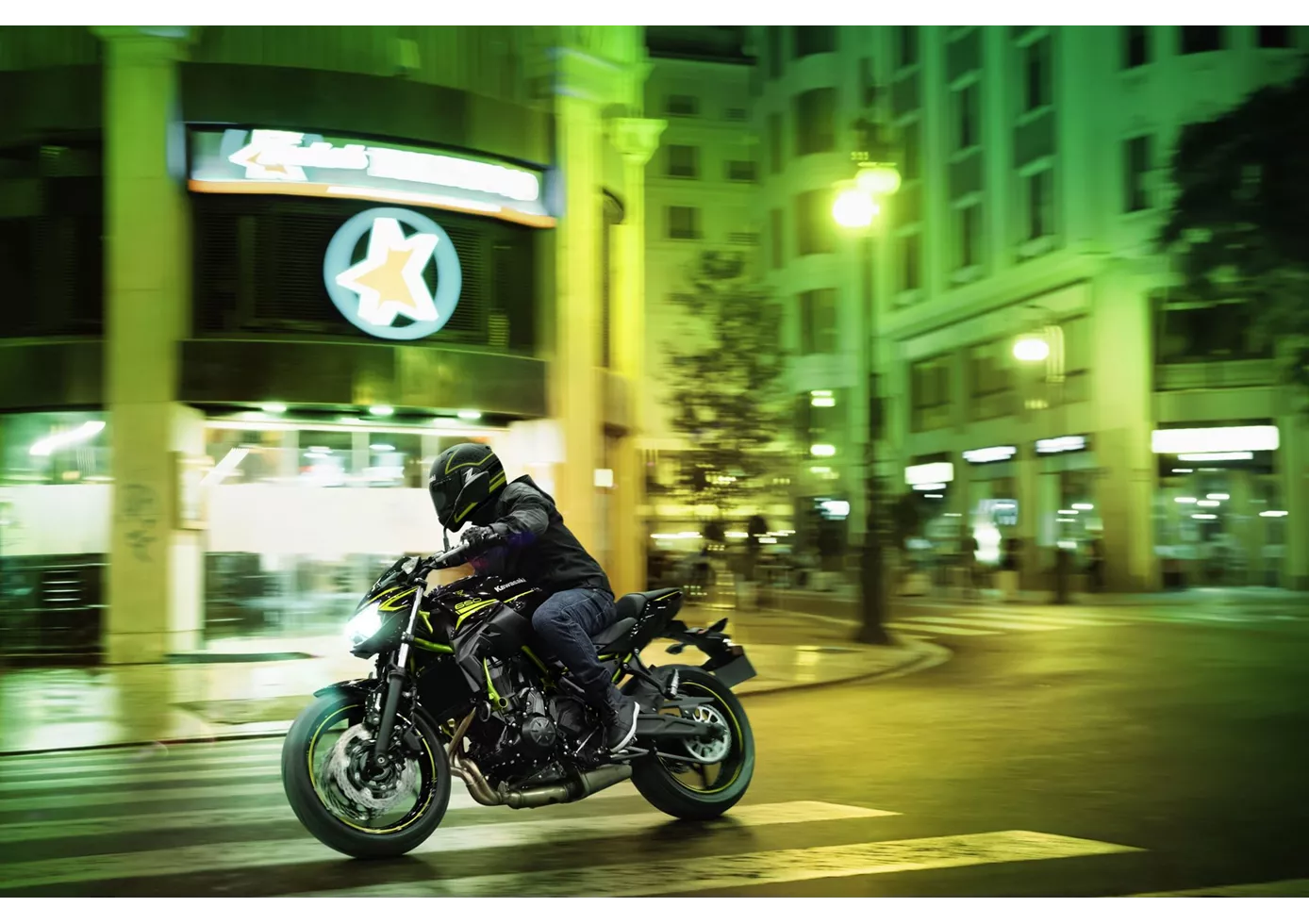
É simplesmente maravilhoso o que a Kawasaki juntou num pacote completo com a nova Z650. Os componentes técnicos podem não impressionar individualmente, mas em conjunto formam uma mota agradavelmente neutra que todos irão apreciar. Não há idiossincrasias desagradáveis - simplesmente uma mota naked que funciona muito bem em estradas rurais sinuosas. Claro que o ecrã TFT, que não encontramos na concorrência neste momento, é uma mais-valia, tal como o aspeto adulto, que está fortemente orientado para os modelos Z maiores. Apenas o ponto de pressão do travão dianteiro poderia ter sido mais claramente definido - mas não se pode ter tudo nesta gama de preços.
Kawasaki Ninja 400 2018

Em resumo, a Ninja 400 pode ser descrita como a entrada perfeita no mundo das superdesportivas. Não é possível obter mais potência com a A2, o aspeto sugere muito mais potência, o veículo é divertido de conduzir, é indulgente em todos os aspectos e ainda permite um estilo de condução verdadeiramente desportivo. Aqueles que tinham preocupações legítimas sobre a falta de potência nas várias máquinas de 250 cúbicos agora não têm mais desculpas. Ninja 400, é bom ter-te connosco!
Comparação de preços Preço médio de mercado Kawasaki Z650 vs Kawasaki Ninja 400
There are a few key differences between a Kawasaki Z650 2020 and a Kawasaki Ninja 400 2018. In terms of price, the actual average price of a Kawasaki Z650 2020 is about 11% higher. A Kawasaki Z650 2020 experiences a loss of 200 BRL in one year of ownership. This is offset by a loss of 850 BRL for a Kawasaki Ninja 400 2018. Compared to Kawasaki Ninja 400 2018 there are more Kawasaki Z650 2020 bikes available on the 1000PS.de Marketplace, specifically 21 compared to 10. It takes less time to sell a Kawasaki Z650 with 80 days compared to 105 days for a Kawasaki Ninja 400. Since model year 2017 1000PS.de editors have written 31 reviews for the Kawasaki Z650 and 9 reviews for the Kawasaki Ninja 400 since model year 2018. The first review for the Kawasaki Z650 was published on 08/11/2016 and now has more than 25.000 views. This compares to more than 44.300 views for the first review on Kawasaki Ninja 400 published on 22/11/2017.
